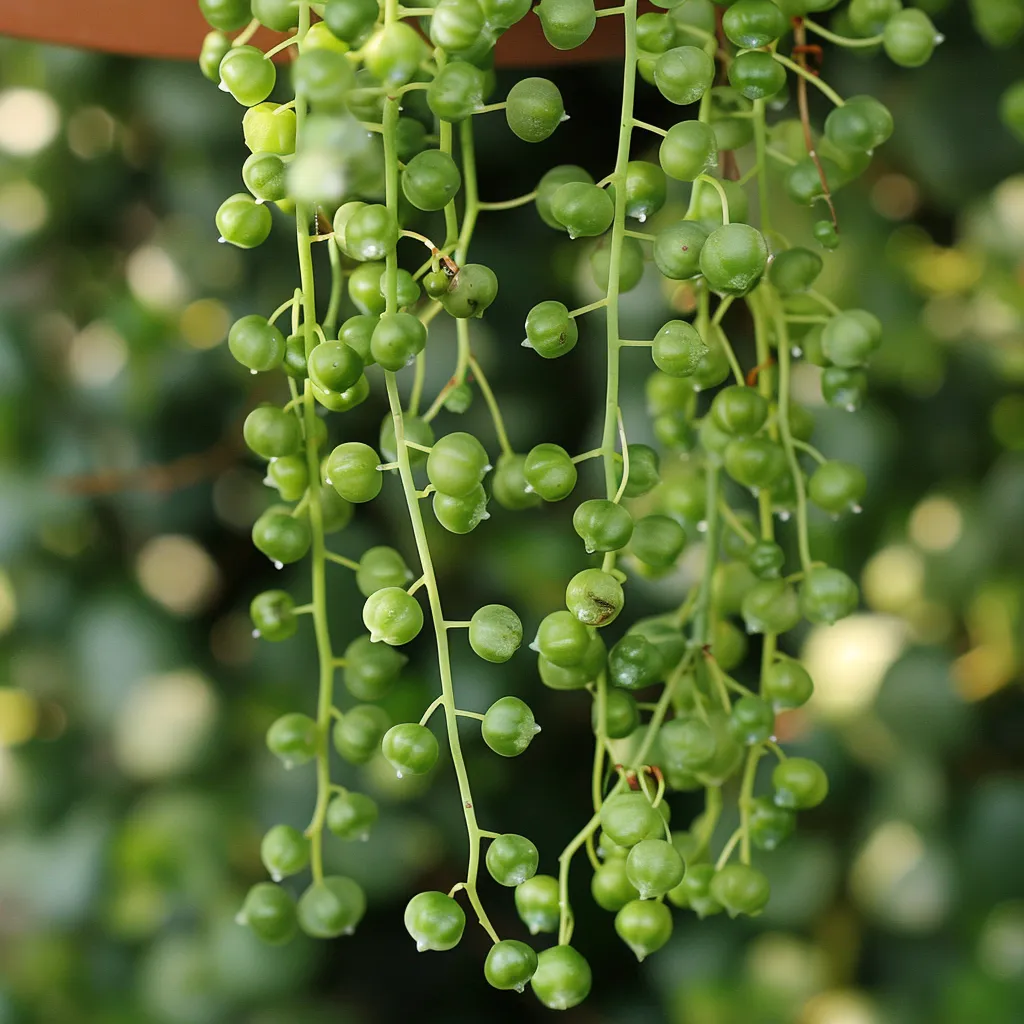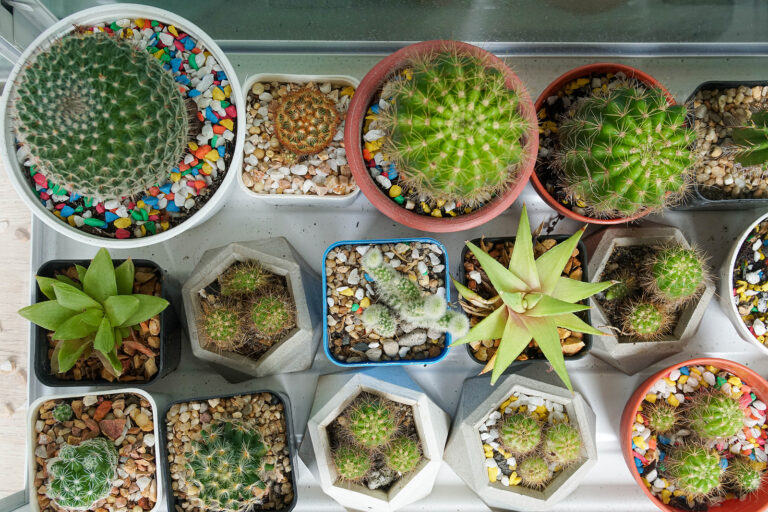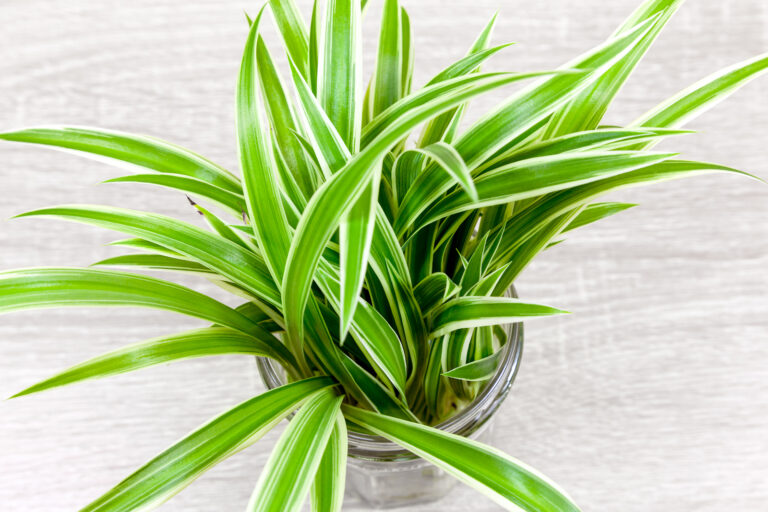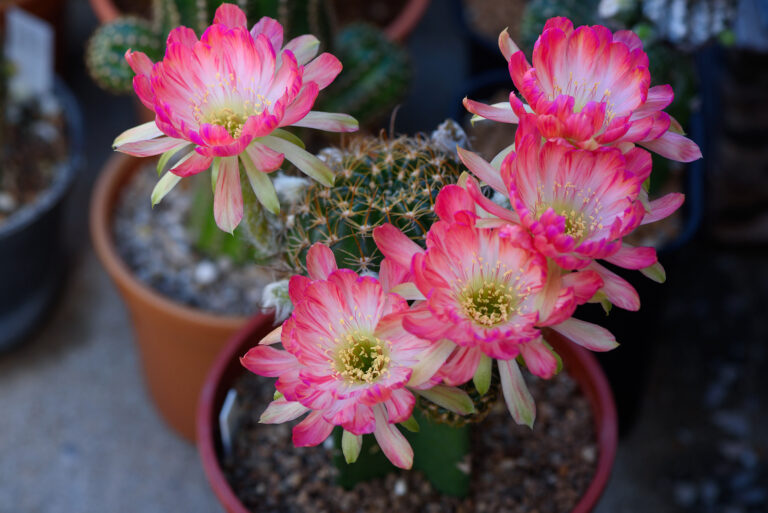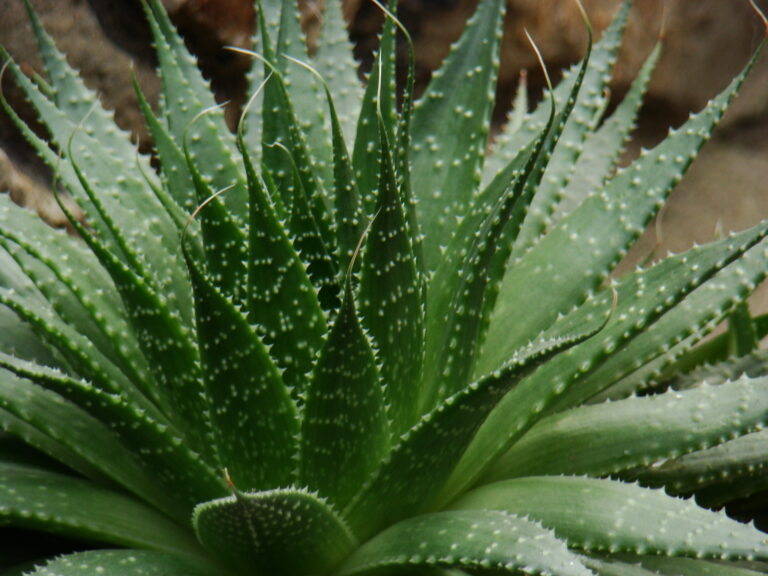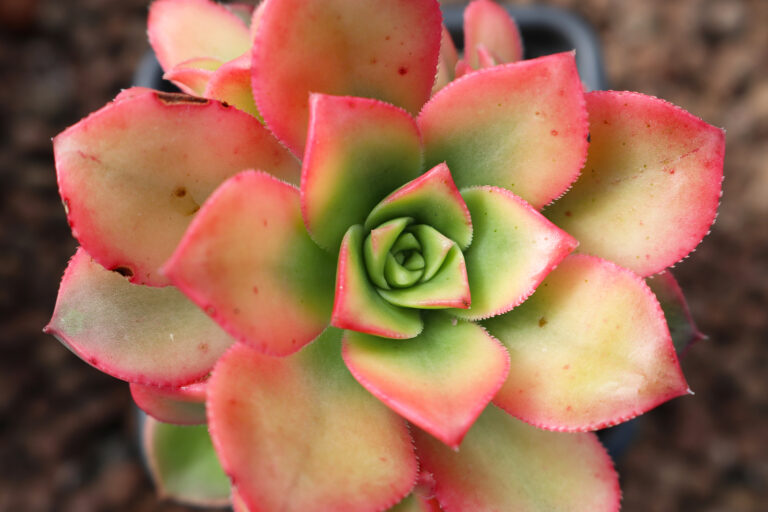Growing Succulents Indoors: Ten Most Important Tips
Succulents are hardy plants known for their resilience and unique beauty. Growing healthy succulents is not difficult if you simply provide the right conditions and care. Understanding their natural habitat—typically arid environments with minimal rainfall—can guide you in creating the ideal indoor setting to mimic those conditions.
By following some best practices, such as choosing the right soil, watering appropriately, and ensuring adequate light, you can help your succulents thrive indoors year round. Our ten best tips cover essential aspects like soil composition, watering schedules, and temperature control, which are all vital for succulent health.
It is essential to remember that succulents are adapted to environments where water is scarce, and the soil is fast-draining. The needs of succulents differ from traditional houseplants. Consistent, proper care can help prevent common issues like root rot, pest infestations, or stunted growth, allowing your succulents to flourish for years to come.
Here are the ten most important growing and care tips for succulents to help them thrive indoors:

Provide Adequate Light
Succulents need plenty of sunlight to grow well, typically at least 4 to 6 hours of bright, indirect light each day. Place them near a south or east-facing window for optimal light. If natural light is limited, consider using a grow light to supplement their light needs.
Use Well-Draining Soil
Succulents require soil that drains quickly to prevent water from pooling around the roots, which can cause root rot. A cactus or succulent mix works well, or you can make your own by adding sand or perlite to regular potting soil.
Water Sparingly
Overwatering is one of the main reasons succulents die. Water thoroughly but infrequently, allowing the soil to dry completely between waterings. The “soak and dry” method—watering until water flows out of the drainage hole and then waiting until the soil is dry—works best.
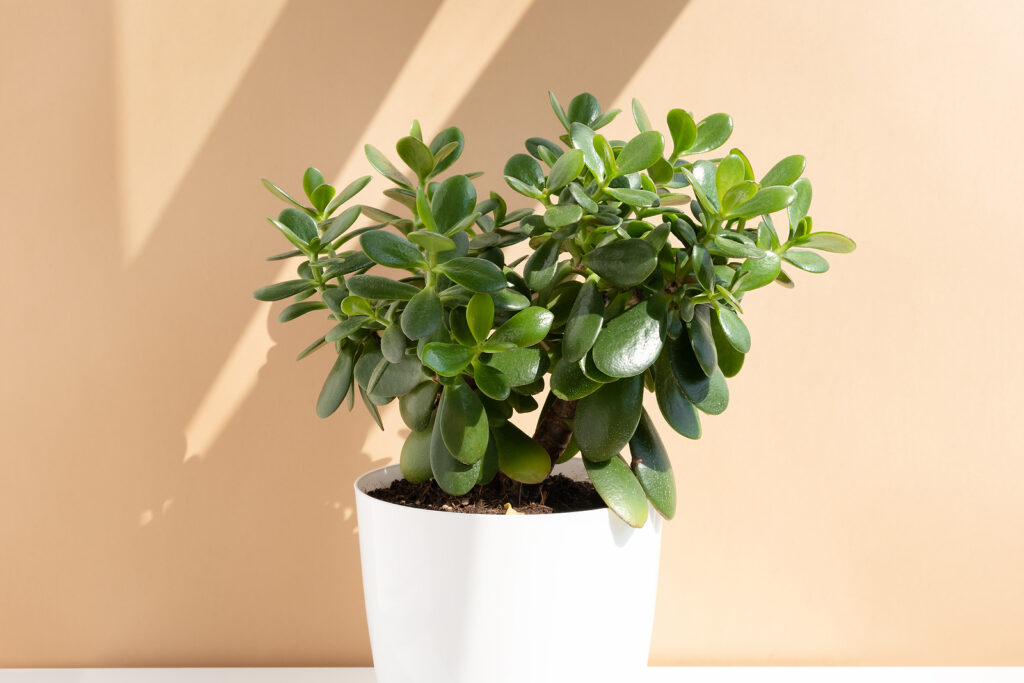
Ensure Proper Drainage
Always use pots with drainage holes to allow excess water to escape. If using decorative pots without holes, place the succulent in a plastic pot with drainage holes inside the decorative pot and remove it when watering.
Avoid Humidity
Succulents prefer dry conditions similar to their native desert environments. High humidity can lead to fungal problems or rot. Keep the humidity level low, especially in rooms like bathrooms.
Protect from Extreme Temperatures
While succulents can tolerate some temperature fluctuations, avoid placing them near drafty windows, radiators, or air conditioning vents. They thrive best in temperatures between 60-80°F (16-27°C).
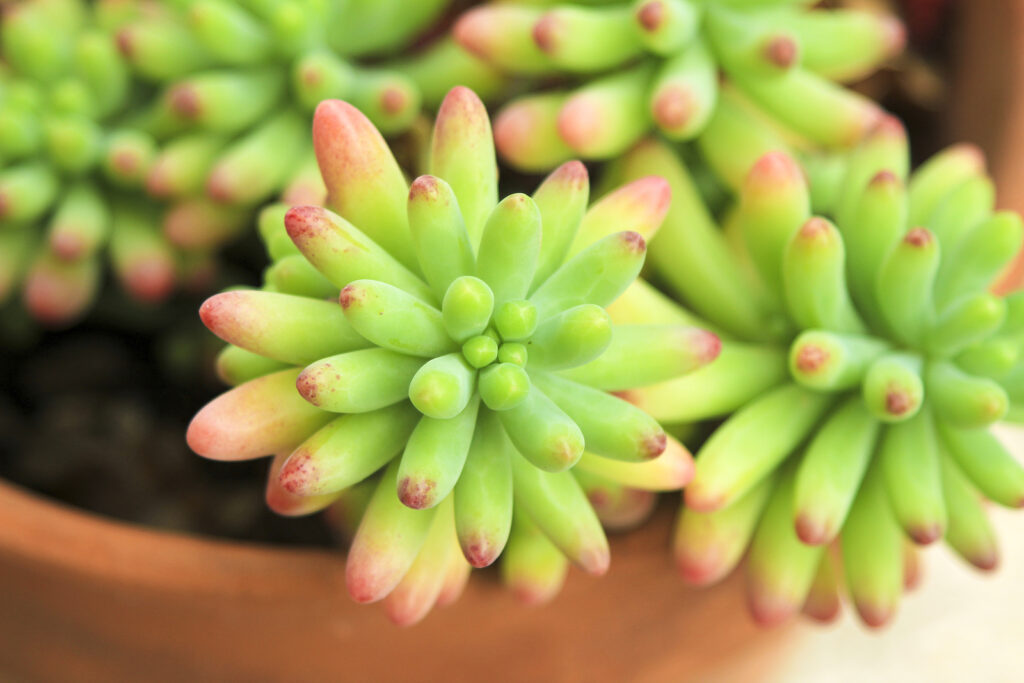
Rotate the Plants
Succulents tend to grow towards the light source, which can cause uneven growth. Rotating the plants every few days ensures even exposure to light, helping them maintain a balanced shape.
Fertilize Sparingly
Succulents do not require frequent fertilization, but a light feeding during the growing season (spring and summer) can boost growth. Use a balanced, water-soluble fertilizer diluted to half strength, and avoid fertilizing during the dormant months (fall and winter).
Keep an Eye on Pests
While succulents are relatively pest-resistant, they can still attract common pests like mealybugs or spider mites. Inspect the plants regularly and treat infestations with insecticidal soap or rubbing alcohol.

Repot When Necessary
Succulents grow slowly, but they may eventually outgrow their containers. Repot them every 2 to 3 years, or when you notice roots emerging from the drainage holes. Choose a pot one size larger and refresh the soil for continued healthy growth.
Succulents bring a variety of visual appeal and benefits to indoor spaces. They not only look beautiful but can also tolerate a range of light conditions, from bright indirect sunlight to partial shade, making them suitable for different room settings. Succulents are also known for their air-purifying properties, which can contribute to a healthier indoor environment. Their resilient nature makes them perfect for beginners or busy plant lovers who want to enjoy the benefits of indoor gardening without the intensive care requirements of more demanding plants.
Following these guidelines not only supports the plants’ growth but also enhances their striking colors and forms, ensuring they remain beautiful focal points in your home.
Related articles:

